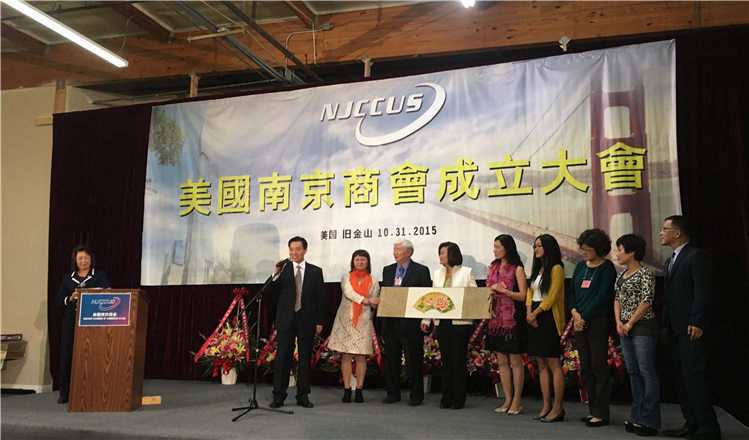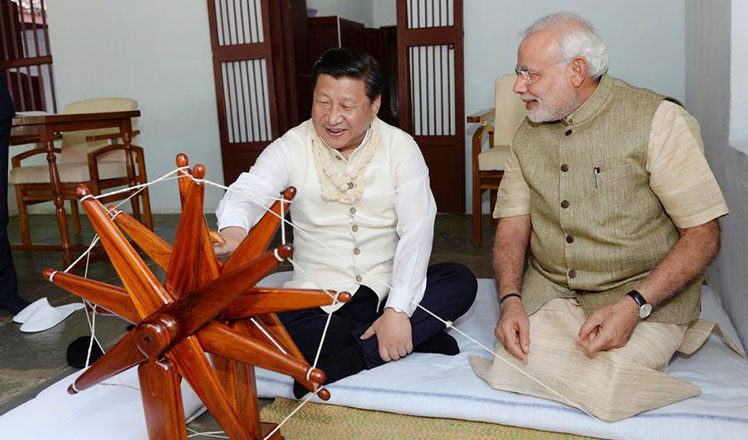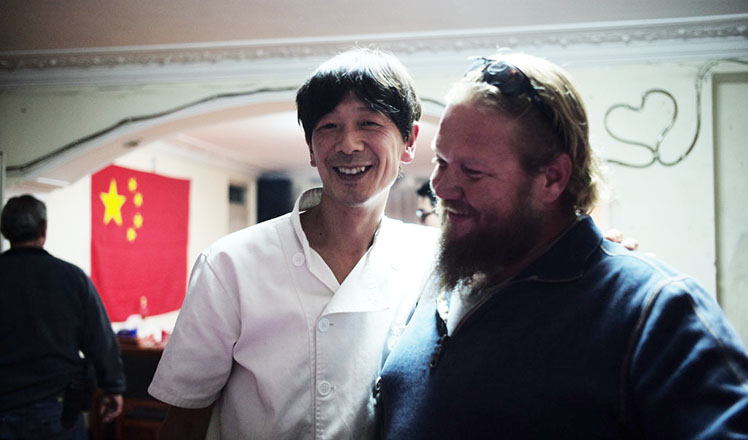Chinese approach to retirement changing
Updated: 2015-11-02 09:13
By AMY HE in New York(China Daily USA)
|
||||||||
"The care of elders among Asian Americans and Pacific Islanders (AAPIs) carries with it attitudes, beliefs, and practices that can be starkly different from those of the general population," said a report released by AARP in November 2014. Because most older AAPIs are immigrants, they bring with them cultural expectations from their home countries, the report found.
Among the Chinese in particular, there is a "reluctance to discuss end-of-life-related issues" due to superstition; there is a belief that mentioning something bad can make it happen, AARP found, and all the cultural factors may make it hard for younger Asian Americans to meet such expectations.
"There's going to be more and more demand as we continue to age," Kwok said. "One of the things we're trying to do is inform and educate our community that at a certain point, you really need to provide assistance to our loved ones through assisted care or nursing homes," Kwok said. "No matter how much you want to take care of your loved ones, it's just going to be very, very difficult, medically and physically as well."
The Asian-American population contains the second-fastest growing group of people aged 50 and over, and that number will triple in the next 40 years, from 4.3 million to 13.2 million, according to AARP.
Gary Tang, director of the aging and adult services program at the Asian Counseling and Referral Service (ACRS) center in Seattle, said that the changes in attitude come with expectations for the "sandwich generation", those in their 40s and 50s who have both children and parents and in-laws to take care of, feeling pulled on both ends.
This is particularly hard for Asian families, who at more than two times the national average live in multi-generation households and away from major metropolitan hubs in order to live in more spacious homes to accommodate more people, he said.
"If they have kids, they think about the school district, they think about whether to live in a four-bedroom house," he said. "But when a family moves to the suburbs, transportation becomes a big issue for the aging parents who try to go to a bilingual doctor, go to a senior center, library or exercise. Then living in a suburb is not going to work really well for aging parents," he said.
What social services workers need to do is create a more welcoming environment for the elderly and their children so that they are aware of what goes on in retirement homes, Tang said.
Too often elderly Asians have a fear that going to a retirement home is akin to living in jail, and this leads to refusal of nursing services. It can ultimately be harmful for those who need 24-hour medical care or assisted living, he added.
AARP's Kwok echoed Tang's sentiments, saying that Asian communities need to start having more end-of-life conversations so that they are aware of the options available.
"These kinds of conversations and education forums are very much needed in our communities, so that everyone knows what to do, where to go for resources, for information, what the options are for their loved ones, so that they make informed decisions before crisis hits," she said. "We know that once the crisis hits, there are tremendous stressors that get placed on the family and family relationships."
amyhe@chinadailyusa.com

 Nanjing Chamber of Commerce sets up in Silicon Valley
Nanjing Chamber of Commerce sets up in Silicon Valley
 South Korean President welcomes Premier Li Keqiang
South Korean President welcomes Premier Li Keqiang
 US sending special forces to Syria
US sending special forces to Syria
 Afternoon delight
Afternoon delight
 New chapter in the House
New chapter in the House
 'Hometown diplomacy' between Chinese and foreign leaders
'Hometown diplomacy' between Chinese and foreign leaders
 A Chinese cook in Afghanistan
A Chinese cook in Afghanistan
 Two Koreas hold joint football match for national reunification
Two Koreas hold joint football match for national reunification
Most Viewed
Editor's Picks

|

|

|

|

|

|
Today's Top News
Tu first Chinese to win Nobel Prize in Medicine
Huntsman says Sino-US relationship needs common goals
Xi pledges $2 billion to help developing countries
Young people from US look forward to Xi's state visit: Survey
US to accept more refugees than planned
Li calls on State-owned firms to tap more global markets
Apple's iOS App Store suffers first major attack
Japan enacts new security laws to overturn postwar pacifism
US Weekly

|

|







